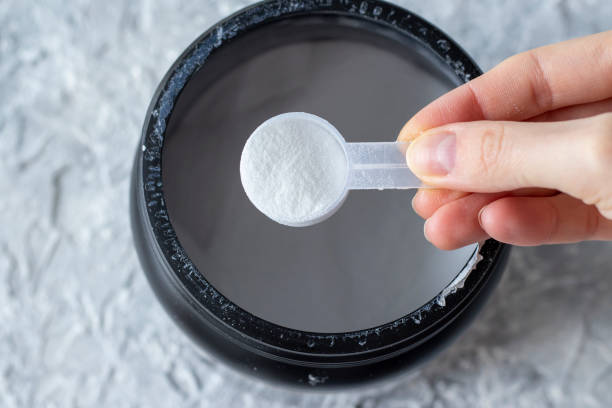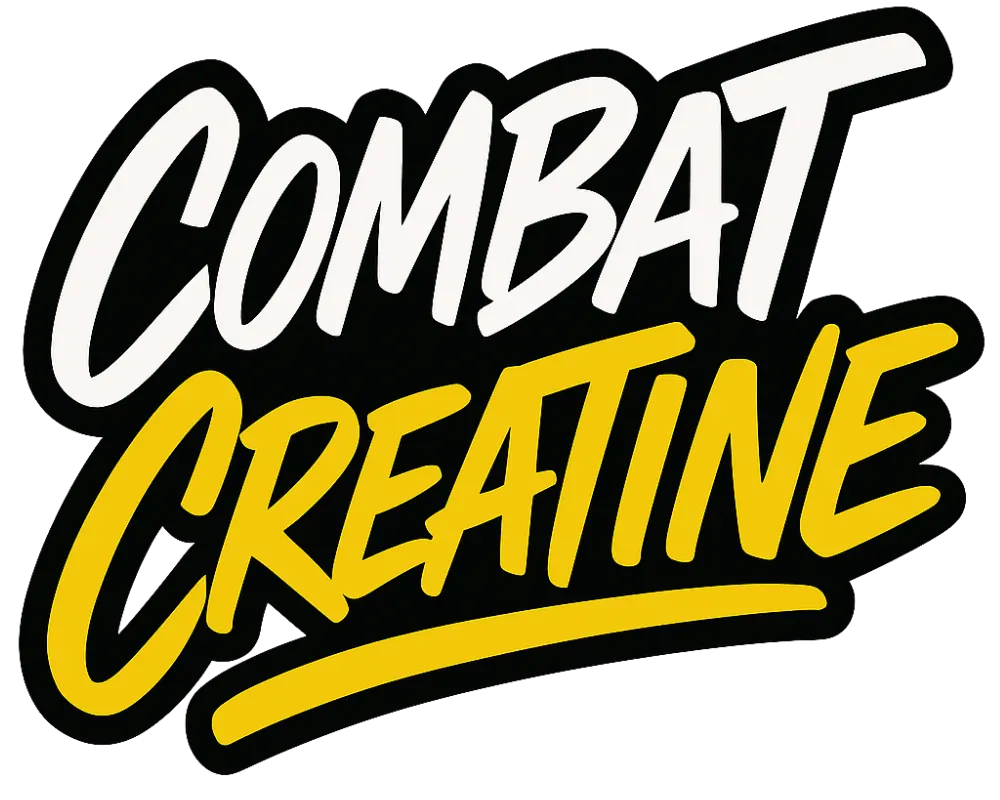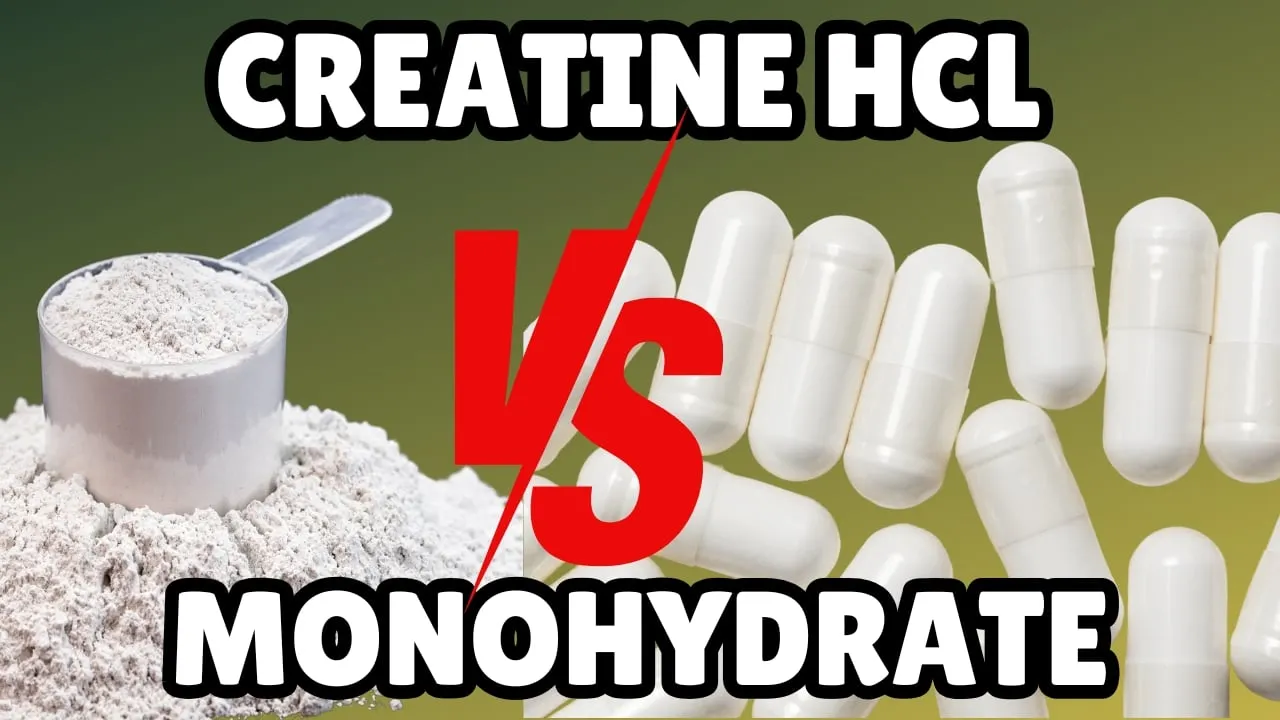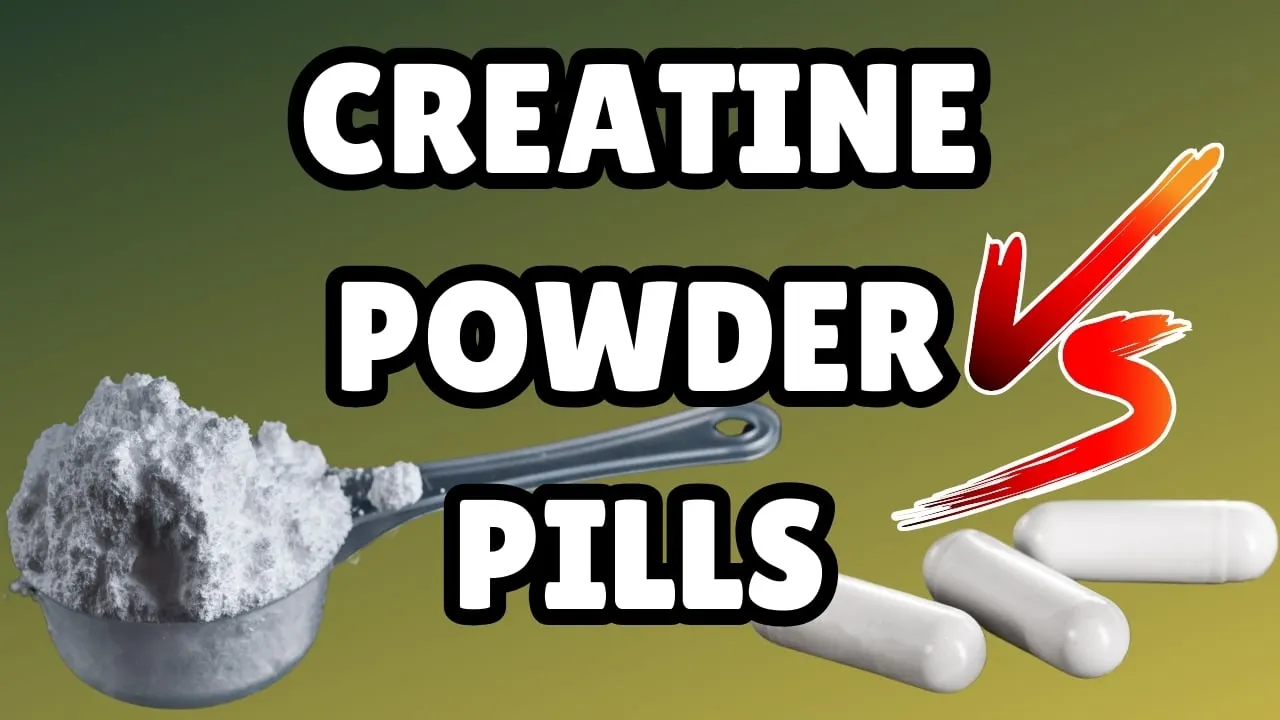Creatine Supplements Ultimate Guide: The Benefits of Creatine Monohydrate
The Ultimate Guide to Creatine Supplements: Benefits, Uses, and Safety
Creatine supplements have gained immense popularity among athletes, fitness enthusiasts, and health-conscious individuals.
This article explains the benefits of creatine, how it works, and whether it’s safe.
You'll also learn the best practices for using creatine to increase muscle strength and performance.
What Is Creatine, and How Does It Work?
Creatine is a natural amino acid found in muscle cells. It helps produce energy during high-intensity activities. This section explains how creatine works in the body and why it’s effective.
For a deeper dive into this topic, read How Does Creatine Work?
What Are the Benefits of Creatine?
Creatine increases muscle strength, enhances athletic performance, and supports cognitive health.
Learn about its wide range of benefits backed by research on creatine supplementation.
Discover more about Creatine Supplementation Benefits for Muscle Damage, Recovery, and Performance
Why Do Athletes Take Creatine?
Many athletes take creatine to improve performance during resistance training and intense physical activities.
This section covers why creatine is a go-to supplement for athletes.
How to Take Creatine for Maximum Results
Learn how to take creatine supplements, including loading phases, maintenance doses, and timing for optimal results.
Need clarity on dosing? Check out Creatine Loading Phase Explained
Different Forms of Creatine: Which Is Best?
Creatine monohydrate is the most studied and effective form of creatine. This section compares other forms like creatine ethyl ester and creatine phosphate.
- Confused about forms? Explore Creatine HCL vs. Monohydrate: Which Is Better for Your Fitness Goals
- Read Choosing the Right Type of Creatine for a complete breakdown.
Does Creatine Have Adverse Effects?
Explore the safety of creatine supplements and learn whether there are any side effects of long-term creatine supplementation.
- Learn more about potential risks in Creatine Supplementation Side Effects.
Who Can Benefit From Taking Creatine?
Creatine is not just for athletes. It may also benefit older adults, people with certain medical conditions, and vegetarians who may have lower creatine levels.
- Vegetarians can find more details in Vegan Creatine.

How Does Creatine Help With Muscle Growth?
Creatine supplementation increases muscle creatine content, enabling better strength and endurance.
It also supports recovery by reducing muscle inflammation and improving hydration.
Creatine and Brain Health: What Research Says
Research on creatine suggests that it may improve cognitive function, especially in people under high mental or physical stress.
Studies also explore its potential for treating neurological disorders, such as Huntington’s disease.

FAQs About Creatine Supplements
What is creatine, and where is it found?
Creatine is a compound found in your muscles and brain. It’s also in foods like meat and fish or can be taken as a dietary supplement.
What are the effects of creatine supplementation?
Creatine supplementation helps improve muscle strength, power, and recovery. It may also boost brain function and reduce fatigue. Learn more about how creatine works.
How does creatine supplementation improve muscular performance?
Creatine increases energy in your muscles, making it easier to lift weights, run, or perform intense exercise.
For more details, check out creatine supplementation benefits for muscle damage, recovery, and performance.
Is creatine safe to use?
Yes, creatine is likely safe when taken as directed. Studies suggest that creatine doesn’t cause harm for most people.
For more on safety, see is creatine safe for teens.
How much creatine should I take per day?
Most people take 3-5 grams of creatine per day. A loading phase of 20 grams daily for the first week is also common.
Learn about the creatine loading phase.
What is the difference between creatine powder and creatine ethyl ester?
Creatine powder is the most studied form, while creatine ethyl ester is a less common form with fewer benefits.
Check out creatine powder vs. pills.
Does creatine supplementation increase muscle mass?
Yes, creatine supplementation increases total muscle mass and improves body composition. Explore creatine supplementation and body composition.
Can athletes take creatine supplements?
Yes, athletes often use creatine supplements to improve performance during resistance training and high-intensity exercise.
Learn more in creatine supplementation and resistance training.
Does creatine supplementation help with brain health?
Studies suggest that creatine may improve brain function, especially in people with low creatine levels. Learn about brain creatine and its benefits.
What are creatine deficiency syndromes?
These are rare conditions where the body doesn’t make or use creatine properly, leading to developmental issues. See disorders of creatine metabolism for more.
Does creatine supplementation improve performance in resistance training?
Yes, creatine supplementation during resistance training improves strength, muscle power, and endurance. Learn more about creatine supplementation for athletes.
Can I take creatine with caffeine?
Yes, but some studies suggest that creatine and caffeine together may reduce the benefits of creatine for muscle performance.
What is short-term creatine supplementation?
Short-term creatine supplementation means taking it for a few days or weeks to quickly improve energy and performance.
Does creatine supplementation affect body composition?
Yes, creatine supplementation may help reduce fat and increase lean muscle mass. Learn about creatine and fat loss.
What is the role of creatine in the body?
Creatine helps your muscles and brain store energy, improving performance during exercise and mental tasks.
Does creatine supplementation have side effects?
High doses of creatine may cause stomach upset or bloating, but it is safe for most people when used properly. Explore creatine supplementation side effects.
How does creatine supplementation influence exercise performance?
Creatine supplementation increases strength, endurance, and recovery, making it easier to perform well during workouts.
Learn about creatine for runners.
Can creatine help with disorders of creatine metabolism?
Yes, creatine supplements may be used to treat some rare conditions related to creatine metabolism.
Should I train differently while using creatine?
Training with creatine doesn’t need to change, but intense resistance training can maximize its benefits.
What happens if I stop taking creatine?
Your muscles may lose some water weight, but your strength and muscle gains from training won’t go away.
Learn about what happens when you stop taking creatine.
Key Takeaways:
- Creatine is a natural amino acid that enhances muscle strength and brain health.
- Creatine monohydrate is the most effective form of creatine.
- Taking creatine supplements during resistance training boosts performance and recovery.
- Research on creatine supports its safety and efficacy for long-term use.
- Athletes, older adults, and vegetarians can all benefit from using creatine supplements.
For More Training Advice + Diet and Lifestyle visit us Combat Creatine
PS: Make sure you check out the rest of our Creatine Guides:
Creatine
Enhancing BJJ Performance: The Benefits of Creatine for Jiu Jitsu Athletes
Does Creatine Make Your Penis Bigger?
Does Creatine Cause Hair Loss?
When to Take Creatine: Pre vs Post Workout
Is Creatine Safe for Teen Athletes
Can You Take Creatine for Weight Loss
Should I Take Creatine on Rest Days or Off Days
Can You Take Creatine Before Bed
Can You Take Creatine Without Working Out?
Can You Mix Collagen and Creatine in One Drink?
What Happens When You Stop Taking Creatine
The Impact of Alcohol and Creatine
Can You Bring Creatine Powder on a Plane














